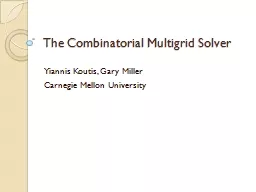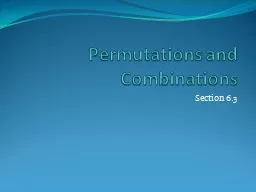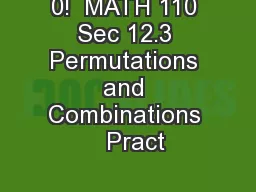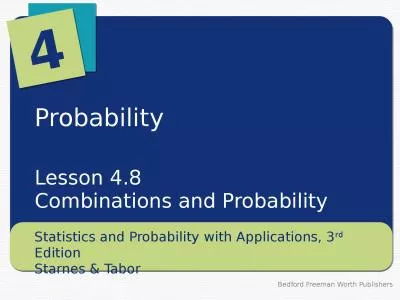PPT-Isolating Failure-Inducing Combinations in Combinatorial Testing using Test
Author : faustina-dinatale | Published Date : 2018-03-12
Augmentation and Classification Kiran Shakya Tao Xie North Carolina State University Yu Lei University of Texas at Arlington Nuo Li ABB Robotics Raghu Kacker
Presentation Embed Code
Download Presentation
Download Presentation The PPT/PDF document "Isolating Failure-Inducing Combinations ..." is the property of its rightful owner. Permission is granted to download and print the materials on this website for personal, non-commercial use only, and to display it on your personal computer provided you do not modify the materials and that you retain all copyright notices contained in the materials. By downloading content from our website, you accept the terms of this agreement.
Isolating Failure-Inducing Combinations in Combinatorial Testing using Test: Transcript
Download Rules Of Document
"Isolating Failure-Inducing Combinations in Combinatorial Testing using Test"The content belongs to its owner. You may download and print it for personal use, without modification, and keep all copyright notices. By downloading, you agree to these terms.
Related Documents














